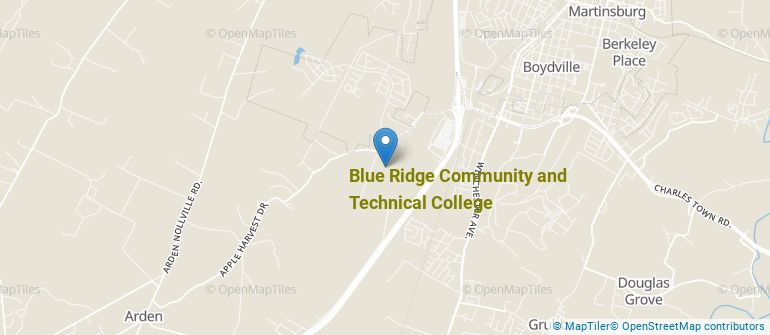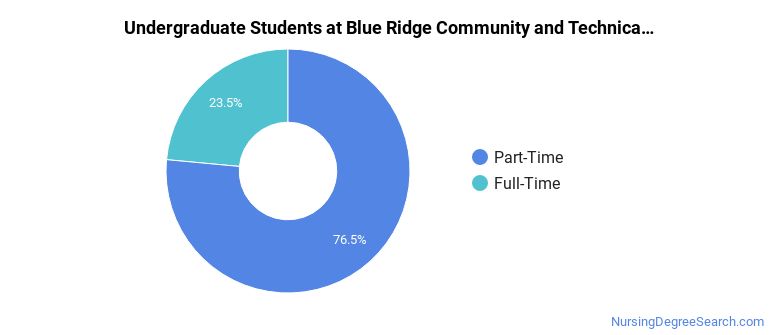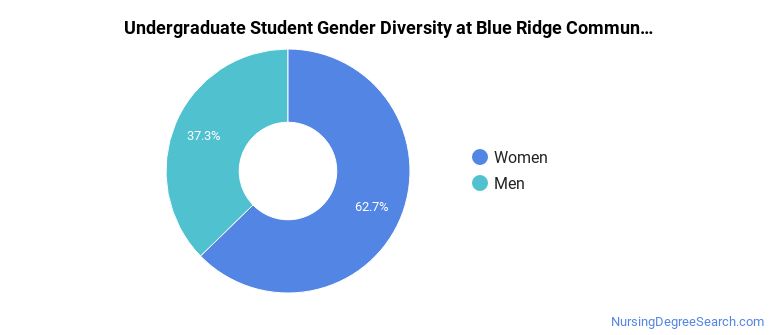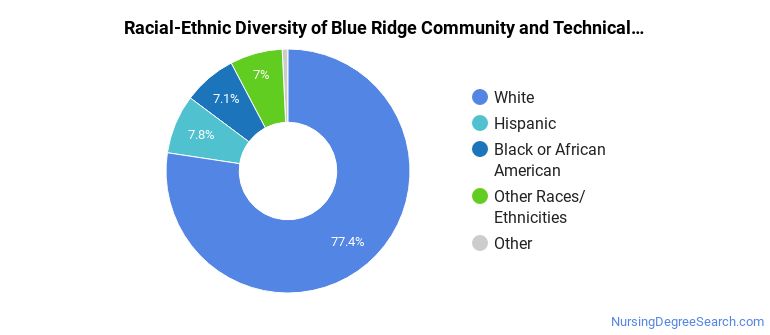Blue Ridge Community and Technical College Nursing Programs
Located in Martinsburg, West Virginia, Blue Ridge Community and Technical College is a public institution. Blue Ridge Community and Technical College is located in the countryside, which is perfect for students who enjoy a rural lifestyle.
Where Is Blue Ridge Community and Technical College?

Contact details for Blue Ridge Community and Technical College are given below.
| Contact Details | |
|---|---|
| Address: | 13650 Apple Harvest Drive, Martinsburg, WV 25403 |
| Phone: | 304-260-4380 |
| Website: | www.blueridgectc.edu |
How Do I Get Into Blue Ridge Community and Technical College?
You can apply to Blue Ridge Community and Technical College online at: https://www.blueridgectc.edu/audience/new-student/degree-certificate-seeking-student/
Can I Afford Blue Ridge Community and Technical College?
Student Loan Debt
Almost 66% of college students who graduated with the class of 2018 took out student loans, but that percentage varies from school to school. At Blue Ridge Community and Technical College, approximately 27% of students took out student loans averaging $4,499 a year. That adds up to $17,996 over four years for those students.
Blue Ridge Community and Technical College Undergraduate Student Diversity

Gender Diversity
Of the 920 full-time undergraduates at Blue Ridge Community and Technical College, 37% are male and 63% are female.

Racial-Ethnic Diversity
The racial-ethnic breakdown of Blue Ridge Community and Technical College students is as follows.

| Race/Ethnicity | Number of Grads |
|---|---|
| Asian | 7 |
| Black or African American | 65 |
| Hispanic or Latino | 72 |
| White | 712 |
| International Students | 0 |
| Other Races/Ethnicities | 64 |
Blue Ridge Community and Technical College Nursing Concentrations
The table below shows the number of awards for each concentration.
| Major | Associate’s | TOTAL |
|---|---|---|
| Registered Nursing | 30 | 30 |
| TOTAL | 30 | 30 |
References
*The racial-ethnic minorities count is calculated by taking the total number of students and subtracting white students, international students, and students whose race/ethnicity was unknown. This number is then divided by the total number of students at the school to obtain the racial-ethnic minorities percentage.
More about our data sources and methodologies.
